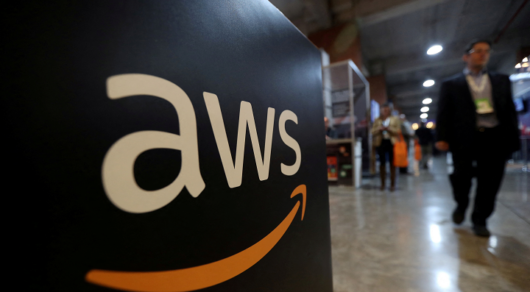Overall retail sales growth moderated slightly in October as pressured consumers adjusted their spending.
The main areas of slowdown came from automotive and food service where some consumers have pulled back a little; even so, both areas remain in growth. Meanwhile, falling pump prices pulled sales at gasoline stations firmly into the red. Even so, 2.7 per cent overall growth in retail sales is not too shabby and remains in comfortable territory for the sector.
Interestingly, core retail sales – which excludes food service, automotive, and gasoline – picked up the pace compared to the prior month. Sales growth came in at a respectable 3.3 per cent, which is slightly above the average rate of growth for the past six months, and well above last month’s more muted 2.5 per cent uplift. Growth was helped by a proliferation of deals and promotions, including big events from Amazon, Walmart and Target. These also helped the online number, where non-store sales growth surged to 10.4 per cent – one of the highest rates of growth this year.
It remains to be seen whether October’s mini-growth spurt in core retail is incremental or simply spending that has been pulled from other months. We suspect it is a mix of the two and, as we noted last month, it was clear that some spending in September was being delayed in anticipation of the deals which would be available in October. We also suspect that November will be modestly affected by the pulling forward of spend and that the Black Friday occasion itself will be a much more muted affair because of all the early deals that consumers have already taken advantage of.
At a category level, the dynamics remain variable. After a very torrid period, sales at electronics retailers grew by a modest 1.4 per cent. This was aided by the various deals events which featured a lot of popular household electronics like air fryers and consumer devices. Continued interest in Apple’s new iPhone were also helpful to the numbers. In contrast, other big-ticket sectors like furniture continue to fare badly. Sales at furniture and furnishings stores were down by a sharp 11.6 per cent as consumers retrench and a weak housing market, with far fewer people moving, continues to suck demand out of the category.
Sales at apparel stores declined by 0.2 per cent which was a disappointing result given the extensive amount of discounting during October. Slightly above-average temperatures during the month across many parts of the country sapped interest in fall and winter ranges, especially heavy outerwear items. Equally, consumers spending on other things like electronics created more restricted budgets for clothing.
At food and beverage stores, sales increased by 0.2 per cent. While inflation is still very much present across grocery categories, the rate is much lower and elevated competition between players is increasing discounting and keeping a lid on price increases. Consumers continue to trim volumes modestly and are shopping around and trading down to make their budget stretch further – all things that have a dampening impact on growth. Our forward view on grocery is that the focus on price is intensifying with a lot of retailers pushing strong value-for-money messages to capture a share of lucrative holiday food spending. This should mean that growth remains modest for the balance of this year.
Department stores, which were somewhat on the backfoot in terms of promotions and offers during October, saw sales decline by a sharp 6.2 per cent. Here there is an undoubted loss of share to online and to mass merchants. This current trend does not bode well for the holiday season, which is a critical period for most department store players.
Looking ahead, we maintain our view that retail will have a soft landing as it enters two of the most critical months for spending. A lot of underlying consumer measures – debt levels, savings rates, confidence – are now flashing red. However, consumers seem intent on pushing the override button rather than shutting down spending. This won’t last indefinitely, but it will likely ensure the final two months of the year are reasonable.
* Neil Saunders is MD at GlobalData.






